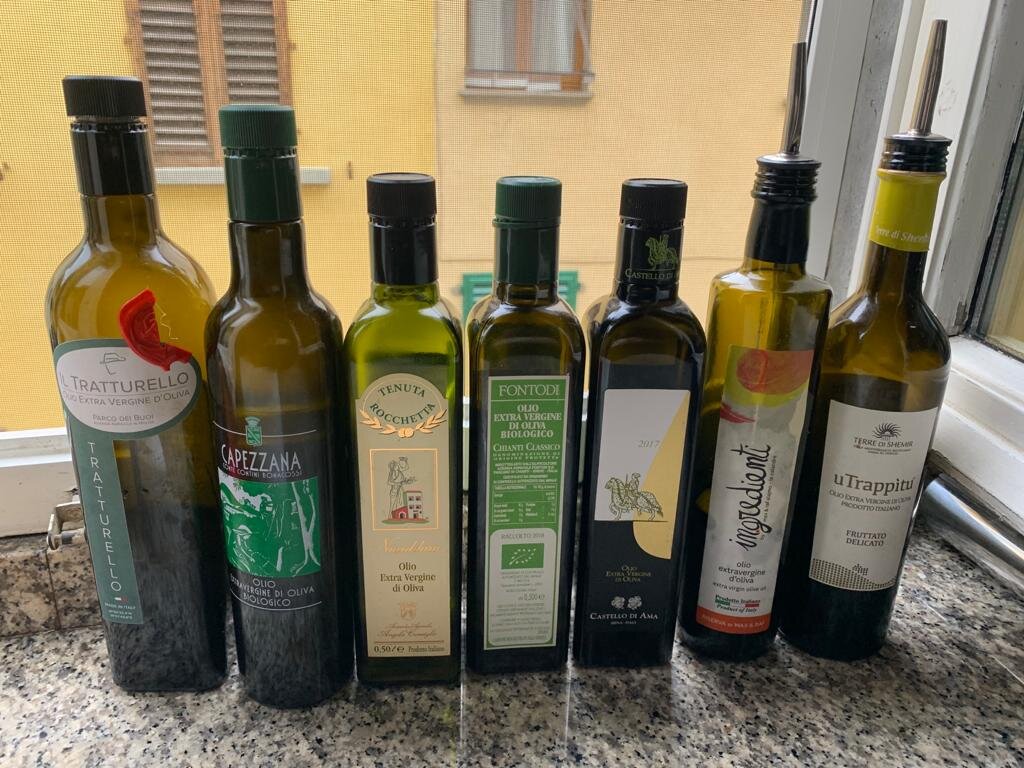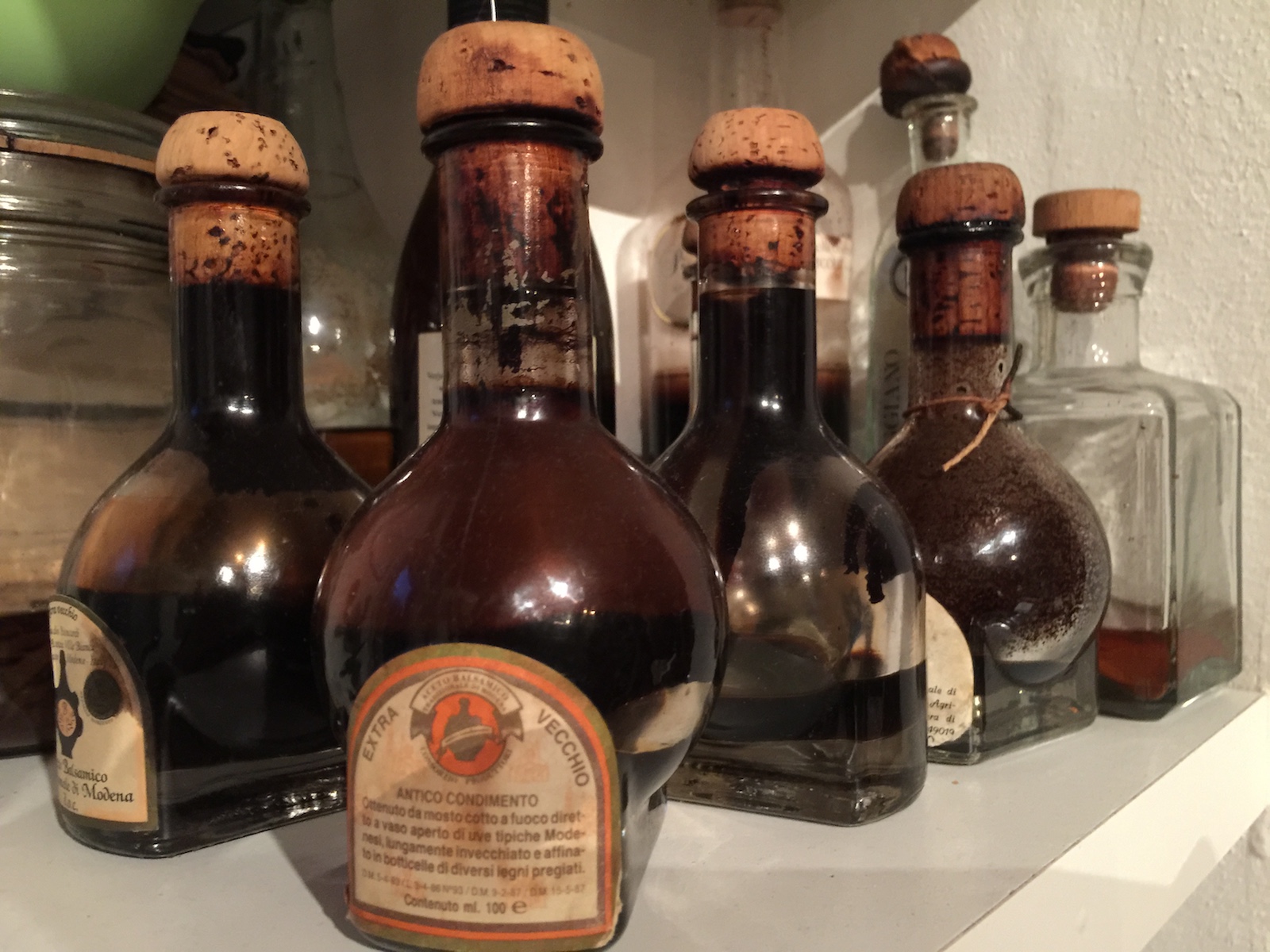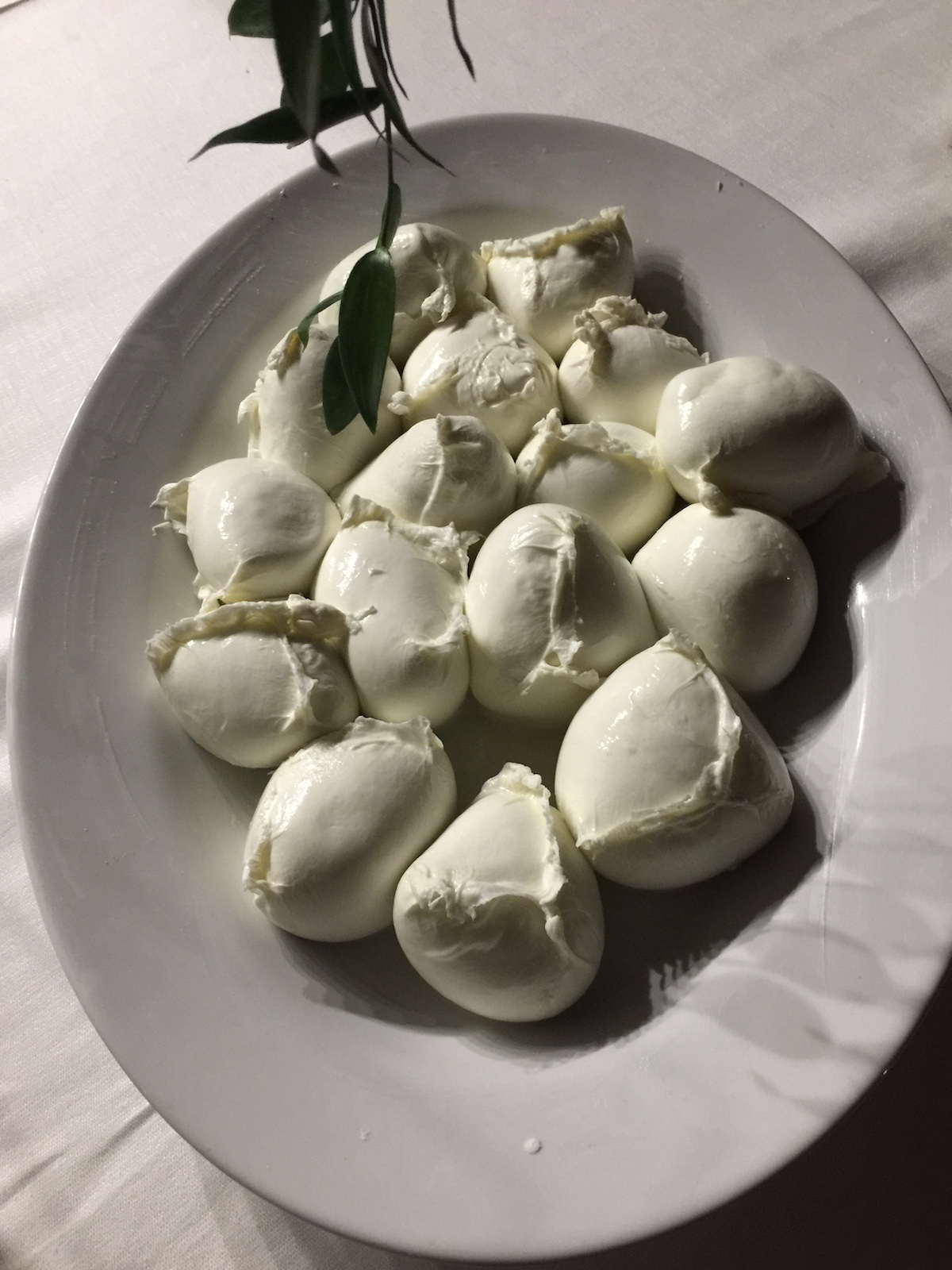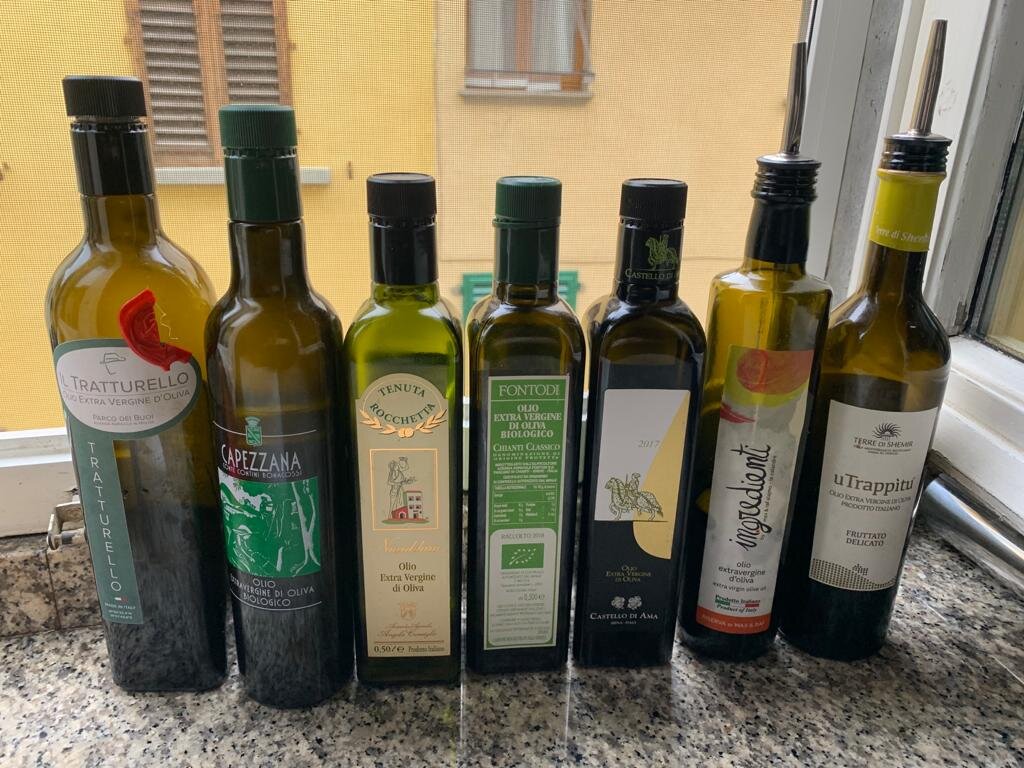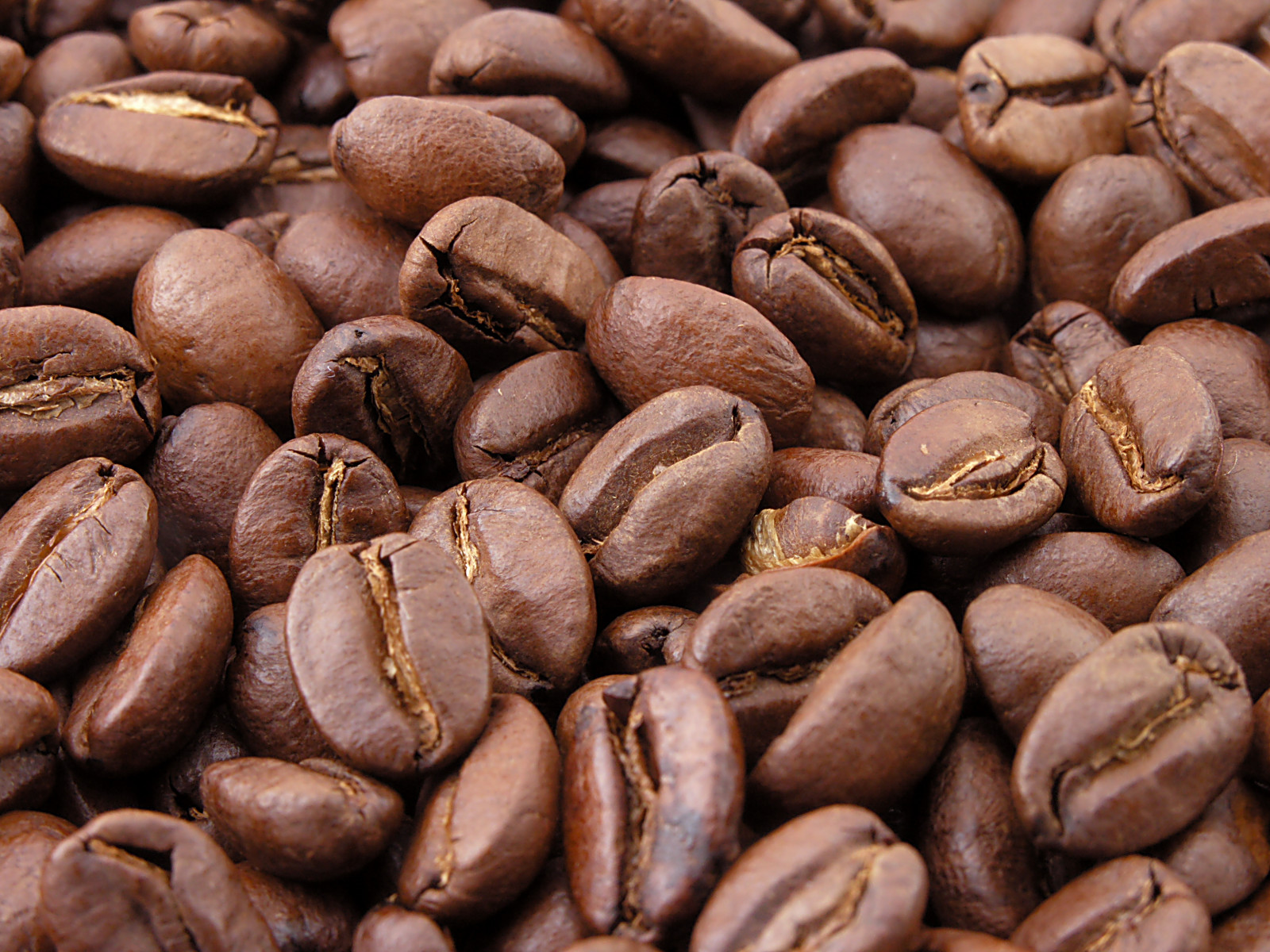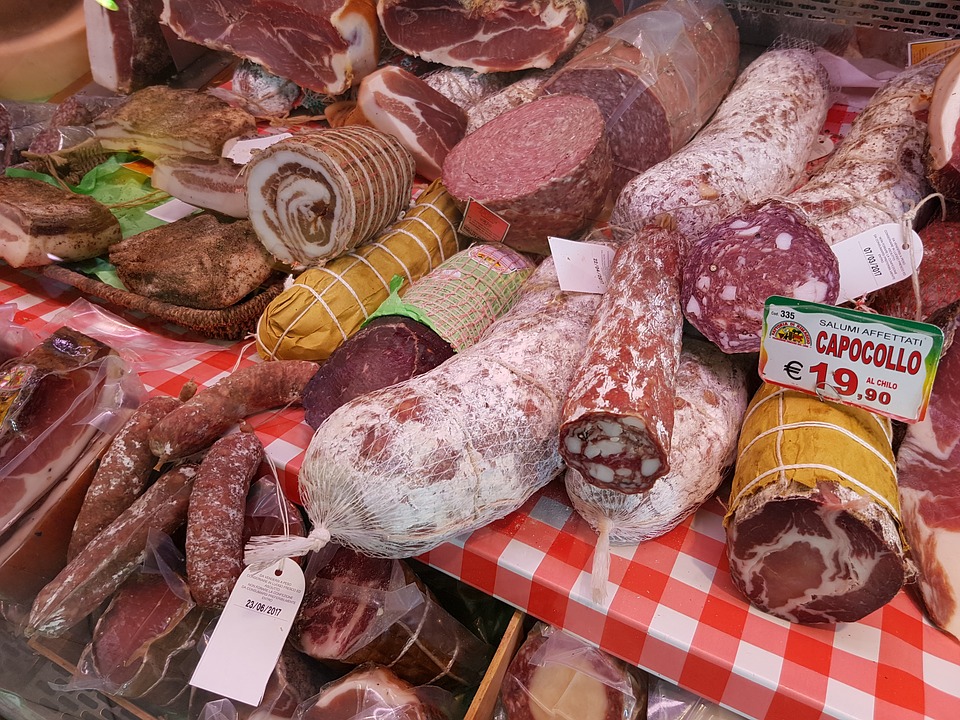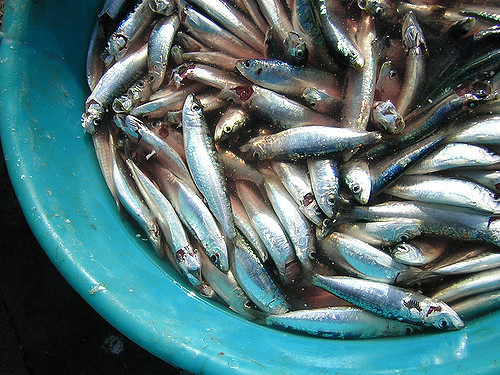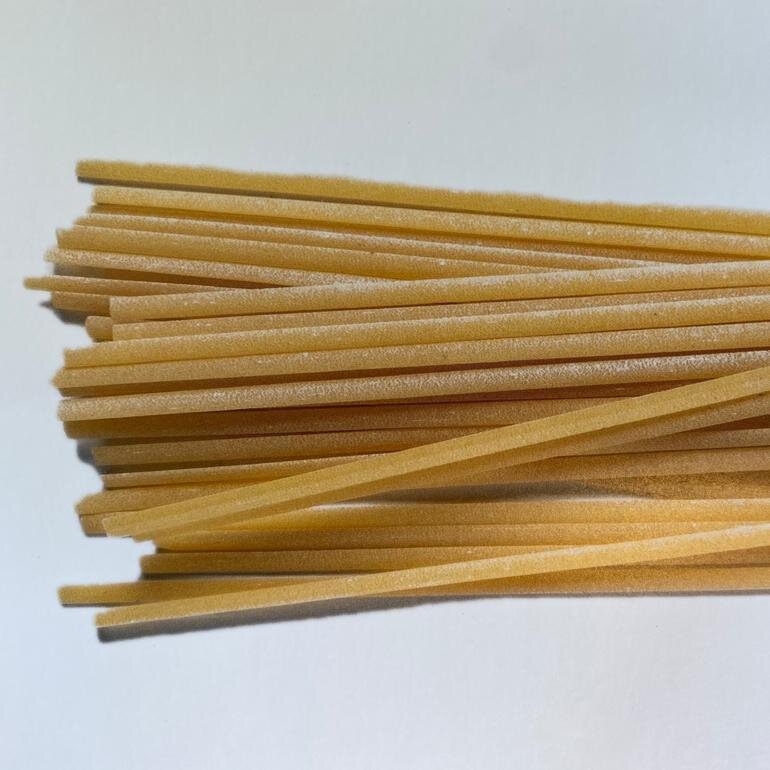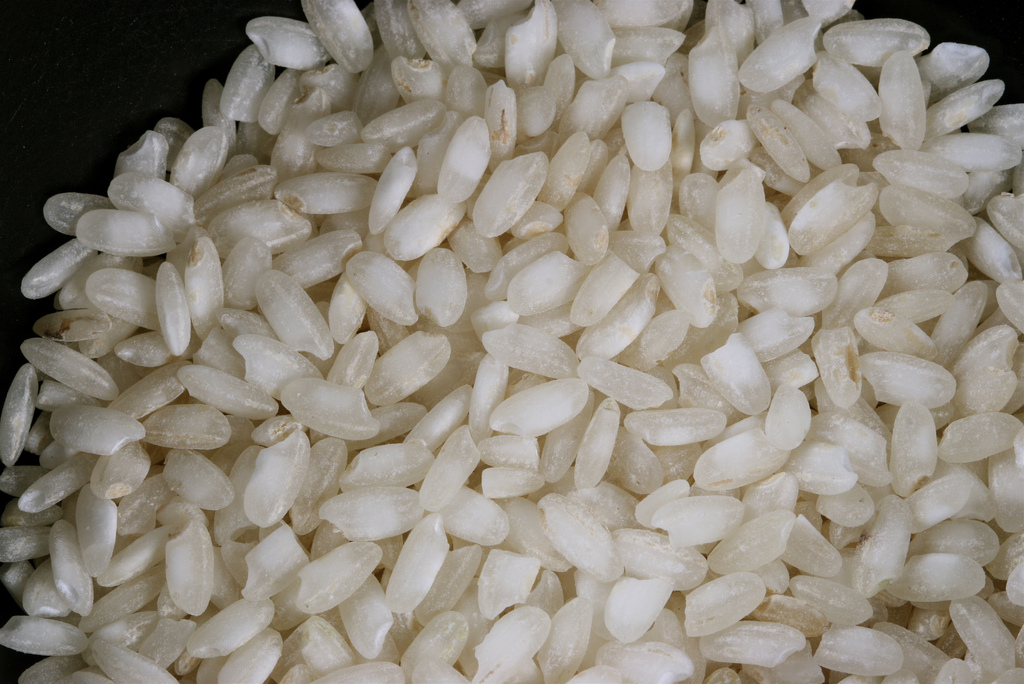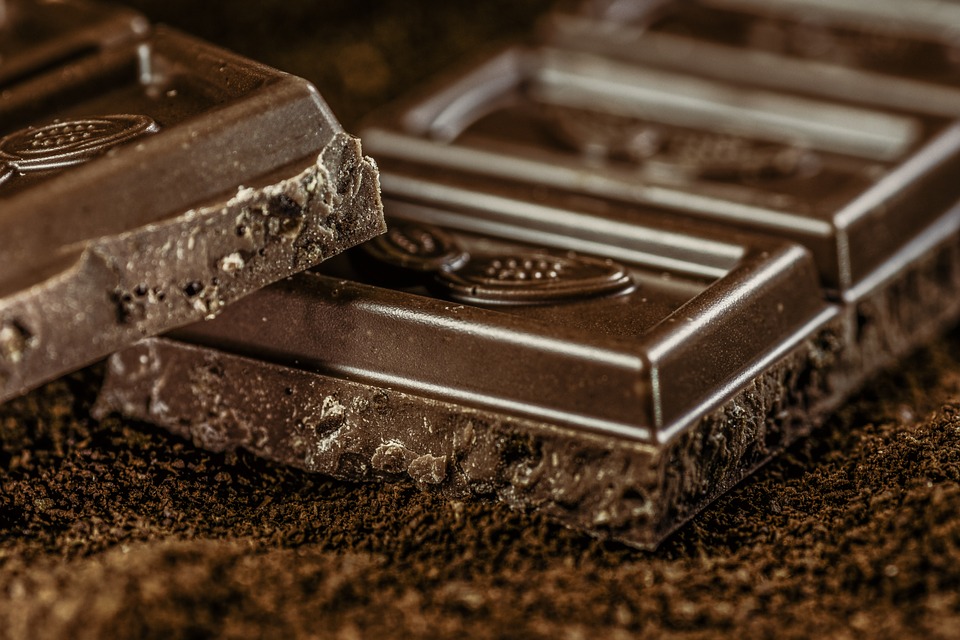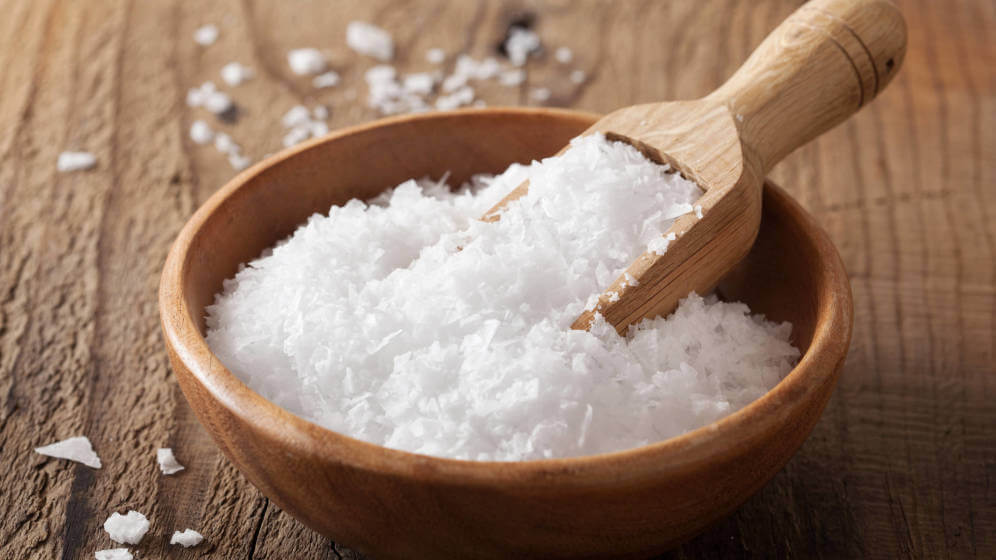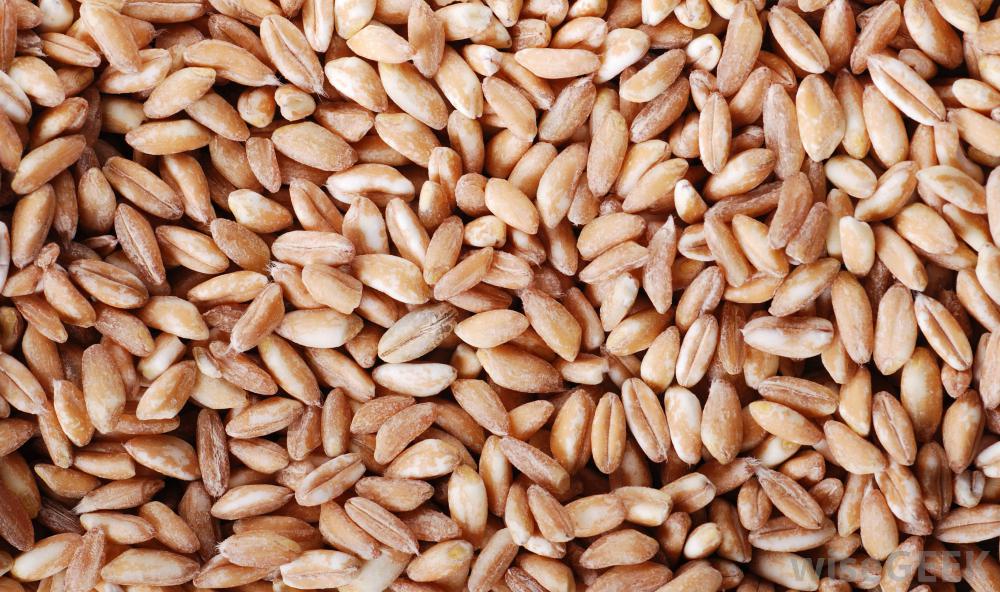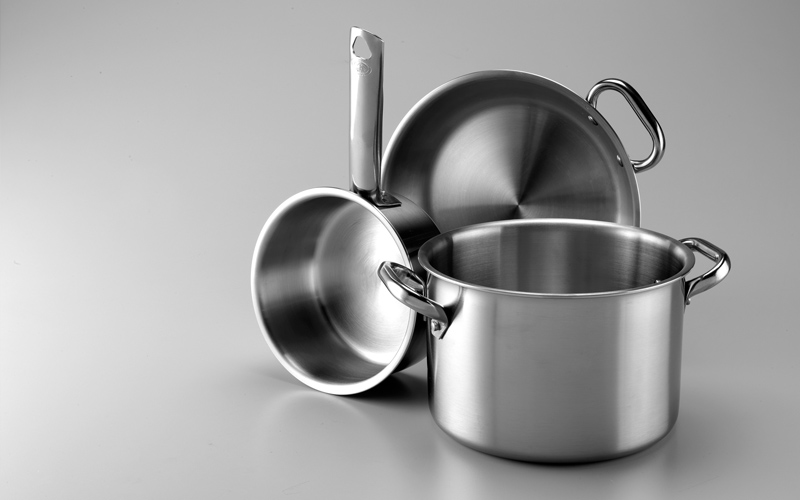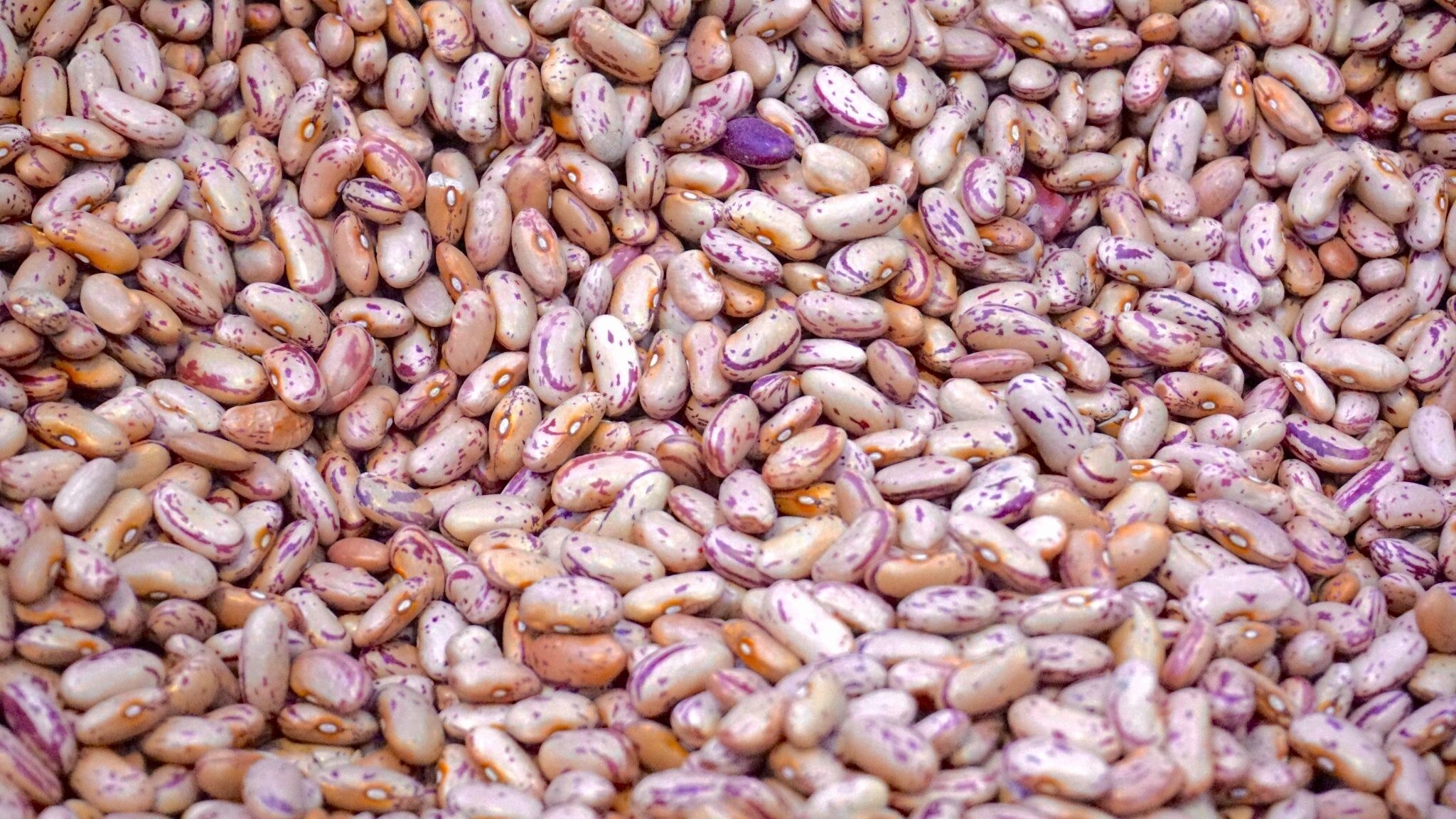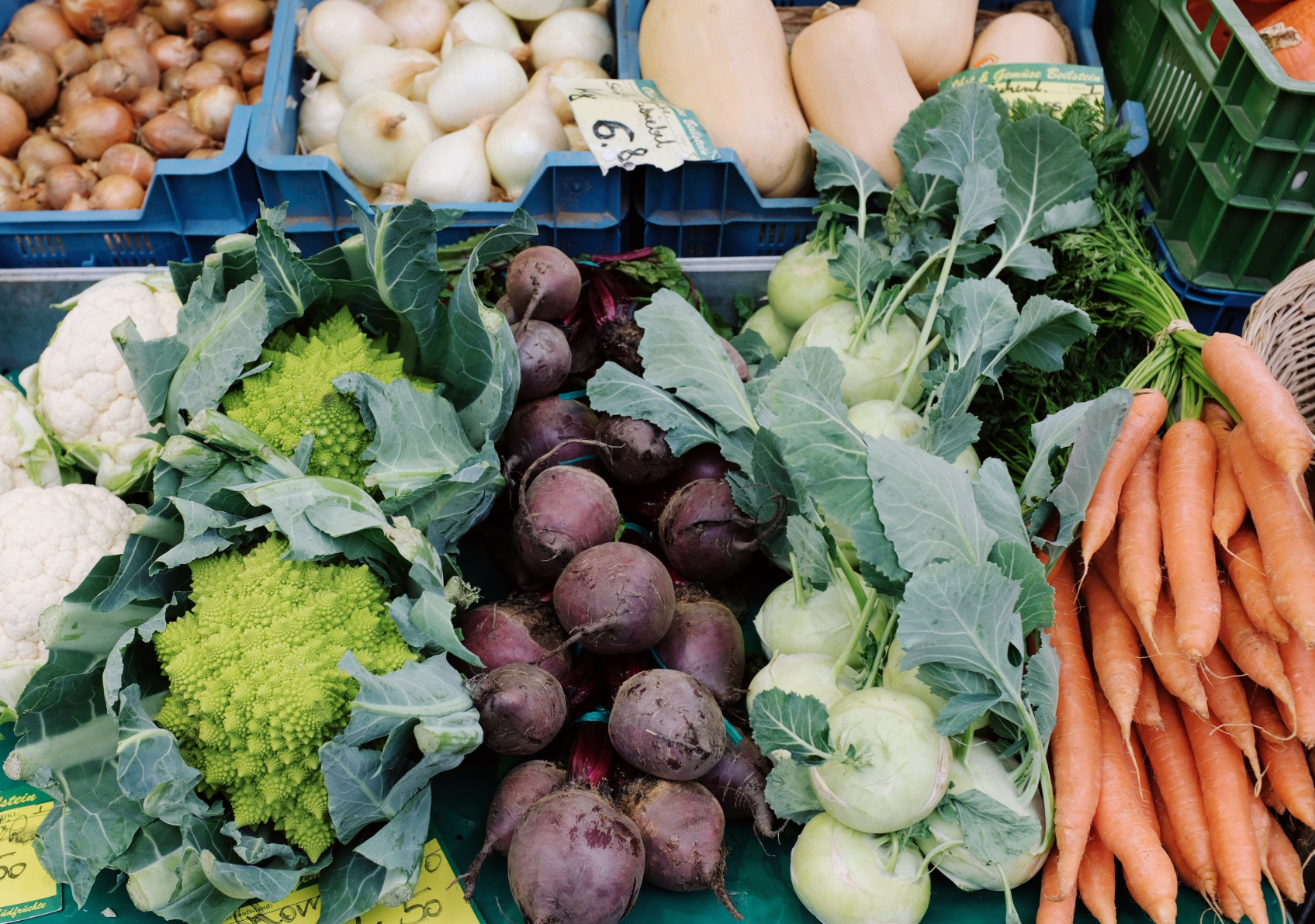The Most Important Ingredient
My Florentine husband, who feels that butter is a lipid for un-evolved palates, has brainwashed me with extra virgin olive oil. I’m a believer. Extra virgin is the most important ingredient in my pantry. Its flavors are complex, made with one or more of over 400 olive cultivars, with many microclimates, soil variations and extraction methods, all contributing to big differences. Each harvest is unique. Complicated laws (who exactly is the extra virgin?) and unscrupulous industrial bottlers mean it’s not easy to know what the good stuff is.
A few hints: Anything that’s not extra virgin is probably extracted with chemical solvents (think dry cleaning fluid) and should be avoided. Look for a geographic zone of production. Extra virgin should ideally have the year it was pressed on the label; by law it has to have an expiration date (18 months from bottling), although the product really doesn’t expire and is still good after that date, just not with its maximum flavor profile. Store anywhere you’d keep wine, cool and dark, away from direct sunlight.
Quality extra virgin begins every dish I prepare and is drizzled at the table. I always buy the very best, insuring that even a dish as simple as toast or boiled legumes will be delicious. It’s at its tastiest just-pressed, from the most recent past autumn, flavors calm down (polyphenols precipitate) with the passage of time. I finish up last year’s extra virgin in the kitchen or for baking. Always in my kitchen and on my table are Castello di Ama, Fontodi and Tenuta di Capezzana from Tuscany. There’re joined by Sicilians Tenuta La Rocchetta and Planeta, from the Castelvetrano area, Terre di Shemir from outside Trapani, and Azienda Occhipinti (see more info here) and Pianogrillo (available for purchase online) from the Ragusa area. I’m a recent fan of Il Tratturello from Molise (sold by Gustiamo in the US).
For more information about extra virgin, buy Nancy Harmon Jenkins’ most informative book. She’s a Mediterranean specialist and has her very own olive grove in Tuscany. Find it online through Book Depository or Amazon.
A favorite cooking tool and two un-recipes
I love my tostapane, also called graticola, a simple stainless steel square with perforations and wires, low-tech, cordless, no moving parts. It’s meant to go over a flame, stovetop, to toast bread or polenta slices. I use it for the following un-recipes and much more. According to Wikipedia it’s called a brustolina. Here’s a source for purchase online.
Fettunta
Tuscan olive oil millers, during the harvest, would toast bread over a fire (main purpose to keep warm in chilly autumn weather) then dip it in a terra cotta urn of just pressed oil hence the name, a combination of fetta, slice and unta, oily.
Toast a slice or two of bread, even stale, on a grill over coals, in a toaster oven, or on a tostapane. Place on a plate, rub with a clove of garlic if you like, and drizzle with abundant extra virgin. Sprinkle with salt and pepper and serve.
Tuscan Baked Potato
Preheat oven. Scrub and dry potatoes. Pour a few drops of extra virgin on your palm, lightly oil the potato/potatoes and massage remaining oil over your hands. You probably could use some moisture with all the hand-washing we’re doing. Bake the potato/potatoes until done. Split open with a fork, drizzle with abundant extra virgin, sprinkle with salt and pepper and serve.
Note: I don’t turn on the oven for 2 potatoes but place them on a tostapane and cover with a pot over a low flame, cook for 30 minutes, turn potato/potatoes over and cook 20-30 until tender.
Also in the Pantry...
Share this article
